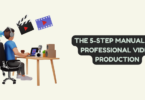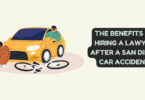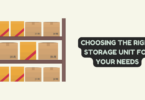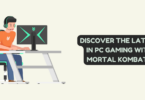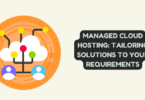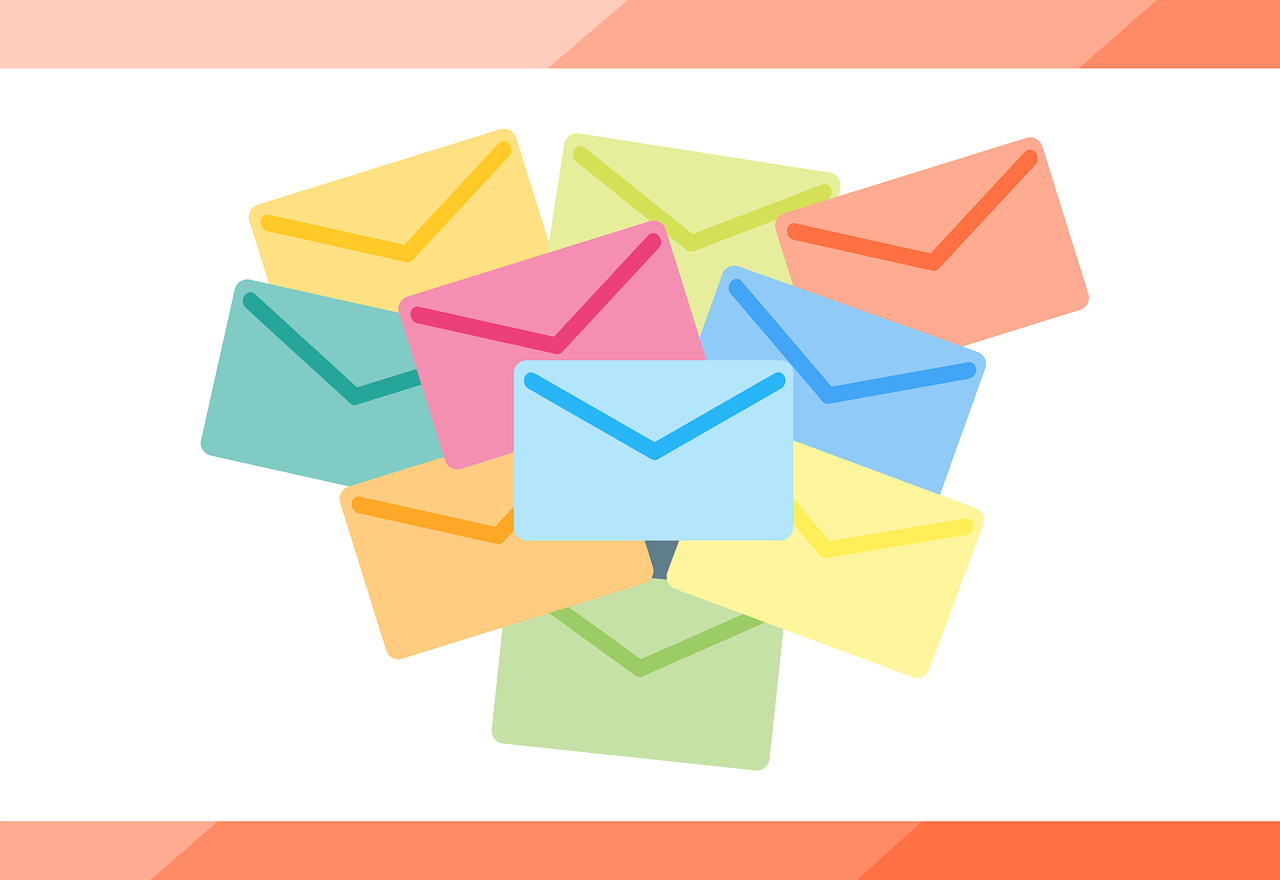
E-Mail Marketing
It seems that not a day can go by without marketers having to deal with some new concepts that are making their jobs either easier or more difficult. That depends on the concept in question. Sure, the changes are not that frequent, as nothing happens overnight, but they are still frequent enough to make us feel as if the entire marketing world is constantly becoming different. The words of the Greek philosopher Heraclitus, “Change is the only constant in life”, seems to be resonating with us now more than ever.
Heraclitus probably didn’t have these things in mind when he said those words, since he talked about life on a more profound level, but we can confirm his theory by looking into all the different aspects in our lives, including trading and doing business. And, who is to say that there is nothing profound about marketing? Nobody would probably dare say that, especially not now when we have so many complex strategies to deal with.
Even though marketers have to deal with those changes on a constant basis, some core premises tend to remain intact in marketing. Marketing funnels are among those things that are still highly valued even though they go way back. We have to take the modern changes into account too when talking about these funnels today, because they haven’t stayed on that traditional level that was quite strong in the pre-Internet era. Here is why implementing it is important.
What Is A Marketing Funnel?
Understanding the marketing funnel is essential if you don’t want your company to be cast into the background and to struggle with selling whatever it is that it’s selling. While visibility is a crucial factor that all businesses have to worry about, it is just a fraction of what matters in the actual path towards making a sale. People can keep on seeing your business day after day and still not take any action if you don’t push them towards it.
The word “push” might seem a bit too harsh there, but that’s precisely what you’re doing, if you think about it carefully. You’re not physically pushing anyone into anything, but you are subtly driving people towards entering the funnel that you’ve created and reaching its bottom. That narrow bottom of the funnel, of course, is the sweet spot. It is where people start buying what you’re selling.
If visibility is the first stage, and actual shopping is the last one, is there anything in between? Have you ever seen a customer that jumps straight from seeing something online to buying it? Customers like those do exist, but your goal is to retain them and ensure that they’ll return to your business at one point to buy something else as well. So, there are definitely more stages between the visibility and the buying parts. That’s why it is called a funnel!
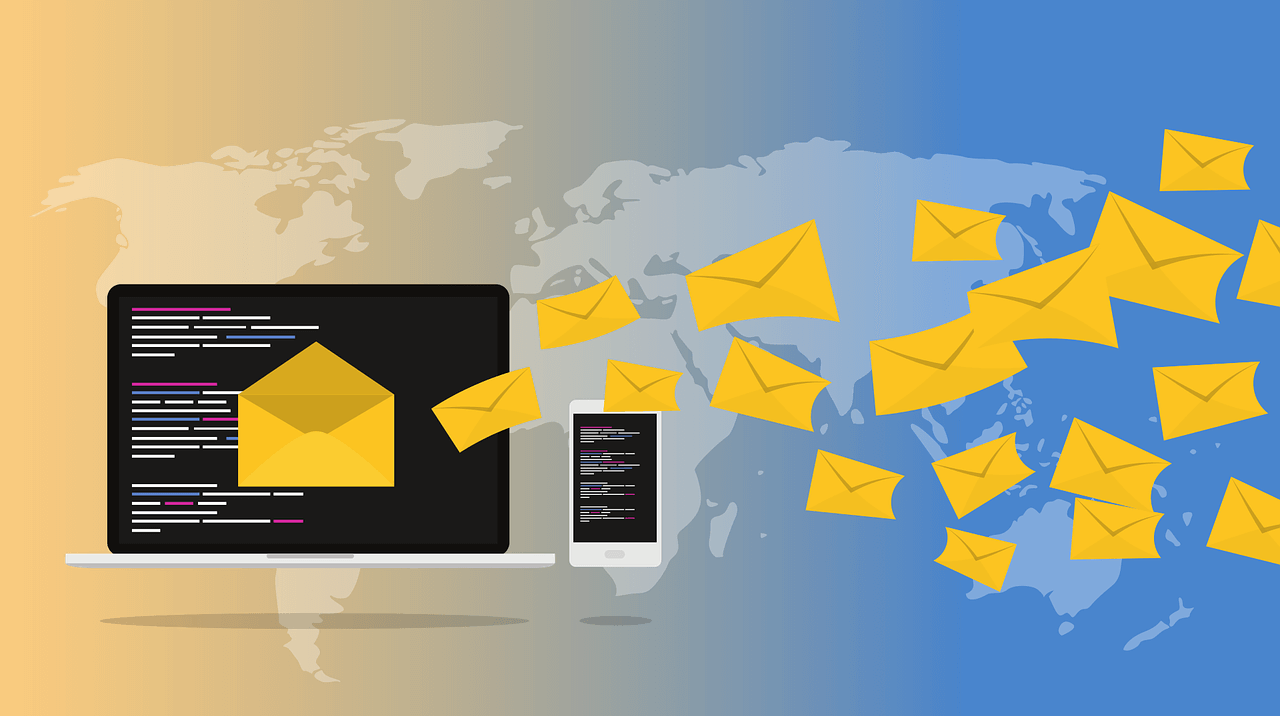
E-Mail Marketing
Your marketing team is in charge of creating a funnel that will later on be used to make people aware of your company, raise their interest in your brand, start desiring what you’re selling, and finally take action. I haven’t highlighted those words at random, so let me now share the secret of why they’re so important. Awareness, interest, desire and action – does this sound familiar? Does it ring a bell at all?
Awareness, interest, desire and action, or AIDA for short, is a model that marketers use when building their funnels. People essentially go through those stages before becoming your customer. AIDA is a model that has been in existence for a while, and marketers practically swear in it. It is deemed so important that a lot of professionals believe that missing just one step will lead to imminent failure of your entire strategy. So, you better learn about it and not miss those steps!
Here it is explained in details: https://www.techtarget.com/whatis/definition/AIDA-marketing-model
Even though missing the steps highlighted in AIDA seems to be a recipe for failure, marketers have managed to sort of simplify this model, by turning it into a three-stage one. According to the three-stage model, the top of the funnel is where awareness is raised, while the middle of the funnel is where considerations are being made and people are basically on the fence about whether to buy or not. And, the bottom of the funnel is where conversions happen, i.e. where people make up their minds and make some purchases. It is just the explanation of the funnel that is simplified with this three-stage model, though, since people go through all the same stages regardless of whether you rely on this model, or on AIDA.
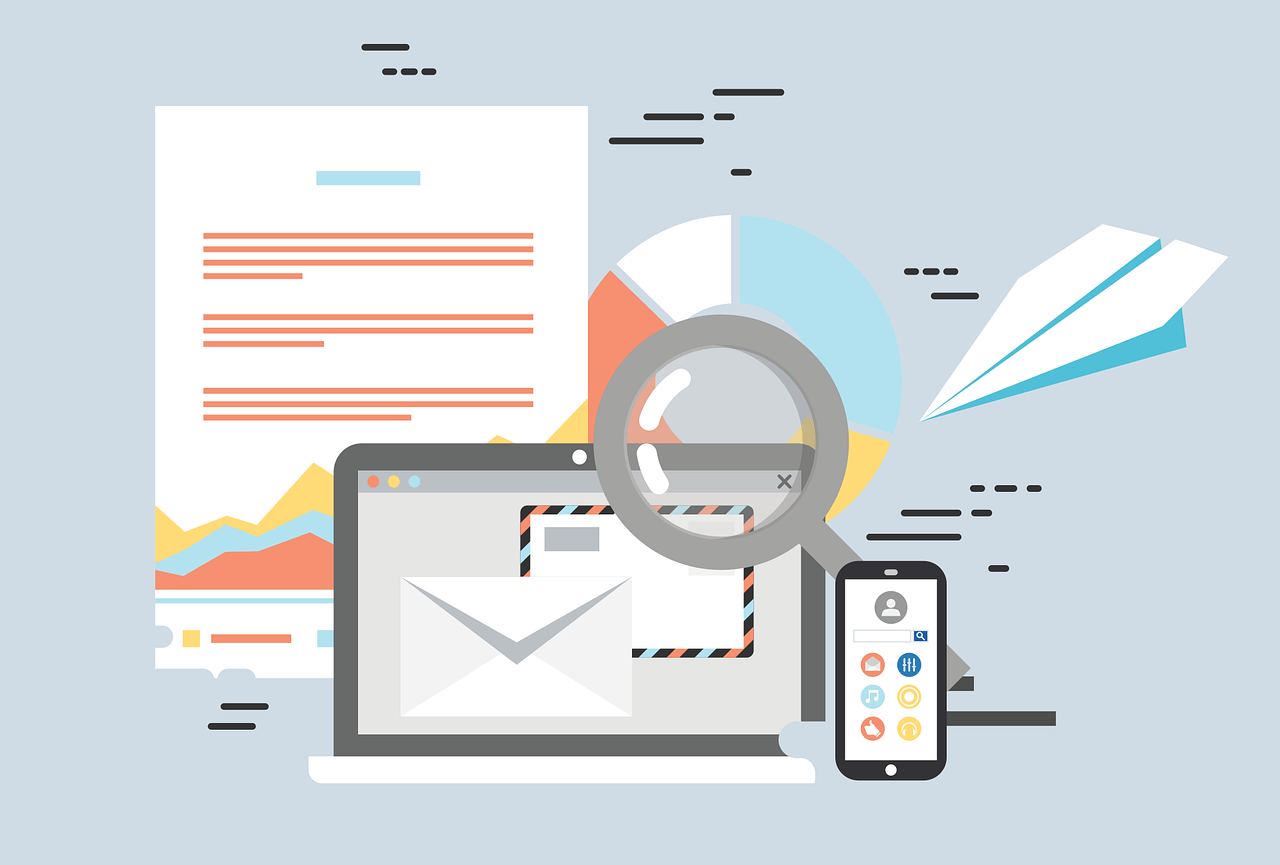
E-Mail Marketing
What Do E-Mails Have To Do With It?
Since e-mails are at the very title of our article, it is clear that they have their place in those funnels and in everything that we’re talking about here. If you’re confused to the point of not knowing what on Earth e-mails have to do with any of this, then here’s your chance to find out. You can use e-mail marketing funnels to have your visitors follow those crucial steps and slowly, but surely, turn from a prospect into an actual paying customer. Let me break this down for you further.
What Is E-Mail Marketing?
Understanding e-mail funnels is impossible without having a clear idea on e-mail marketing. That would be like you trying to learn how to bake without knowing what flour is. And, I know that I wouldn’t like to try any cakes like those. If you think of an e-mail funnel as of your very own cake that you’re baking for your customers in hope that they will ask for more, then e-mail marketing would probably be the book of recipes.
Sure, you’ll need to find the perfect recipe in that book later on and get all the ingredients ready, but we’ll talk about that as well, so be patient. E-mail marketing is a method of reaching your audience and presenting them with personalized content through a channel that is entirely yours! Entirely yours in this case means that it isn’t affected by those ever-changing algorithms, meaning that you will have better control over it, and a higher ROI as well. It is mostly free, although some providers do charge for the service that you can get from them.
So, What’s An E-Mail Marketing Funnel?
Now that you’re familiar with the book of recipes, let us take a page out of it and start baking the perfect cake. Someone once said that baking is science, and so is creating an e-mail marketing funnel. Creativity is a huge part of it, sure, but you have to get all the ingredients right in order to make this delicious! Tools such as Hyros can help you check the temperature and make ingredient changes if necessary until you’re ready for a bake-off.
You won’t have much success at the bake-off, though, if you haven’t used the right ingredients, as I’ve explained above already, so let me now tell you all about those. Roll up your sleeves and start generating leads, as that’s where it all starts. If you want to bake, you need to have someone to bake for, and your leads are the perfect targets.
Lead generation is the first step in an effective e-mail marketing funnel, and it consists of you creating your very own e-mail list of people who might later become your customers. You can also get help from a reputable lead generation company. These agencies are experts at generating leads efficiently for businesses. Many can even guide you in setting up an effective e-mail marketing funnel. Those e-mails won’t just come to you out of nowhere, so you have to learn how to get them. Using opt-in forms on your websites is one great strategy towards building a list, and dedicated landing pages are another. If you ask me, you’ll combine both of those strategies to get the best results.
After getting the list, it will be time to start baking! Start sending nurturing e-mails to those people and personalize them in accordance with their activities. You can send custom studies at this stage, as well as customer success stories, and some free resources such as blog posts and webinars. Those are the ingredients to use at the very start, to test the temperature.
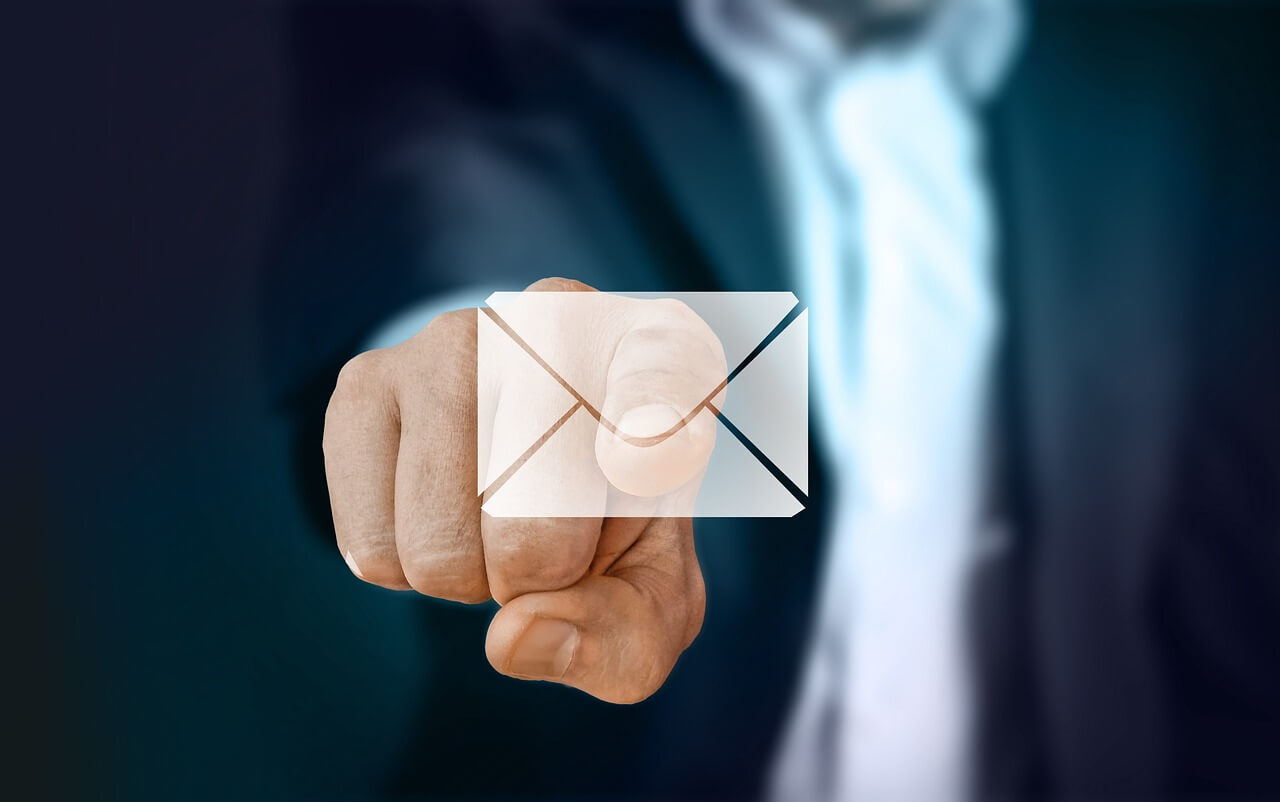
E-Mail Marketing
The final stages of your baking process, i.e. of your e-mail marketing (learn more) funnel are all about checking if you’ve tested the temperature properly. You’ve worked towards baking the perfect cake, i.e. building relationships with your potential customers, and now you have to take it further and get them to buy what you’ve been baking. How can you do that?
Continue sending those personalized e-mails, but take a more aggressive approach, because conversion is your goal this time. Ads, coupons, special offers with deadlines clearly stated in e-mails, birthday offers and similar tactics are all a part of this stage. You have to give those people a reason to convert. In other words, you’re presenting them with the cake, and you’re giving them a reason to buy.

